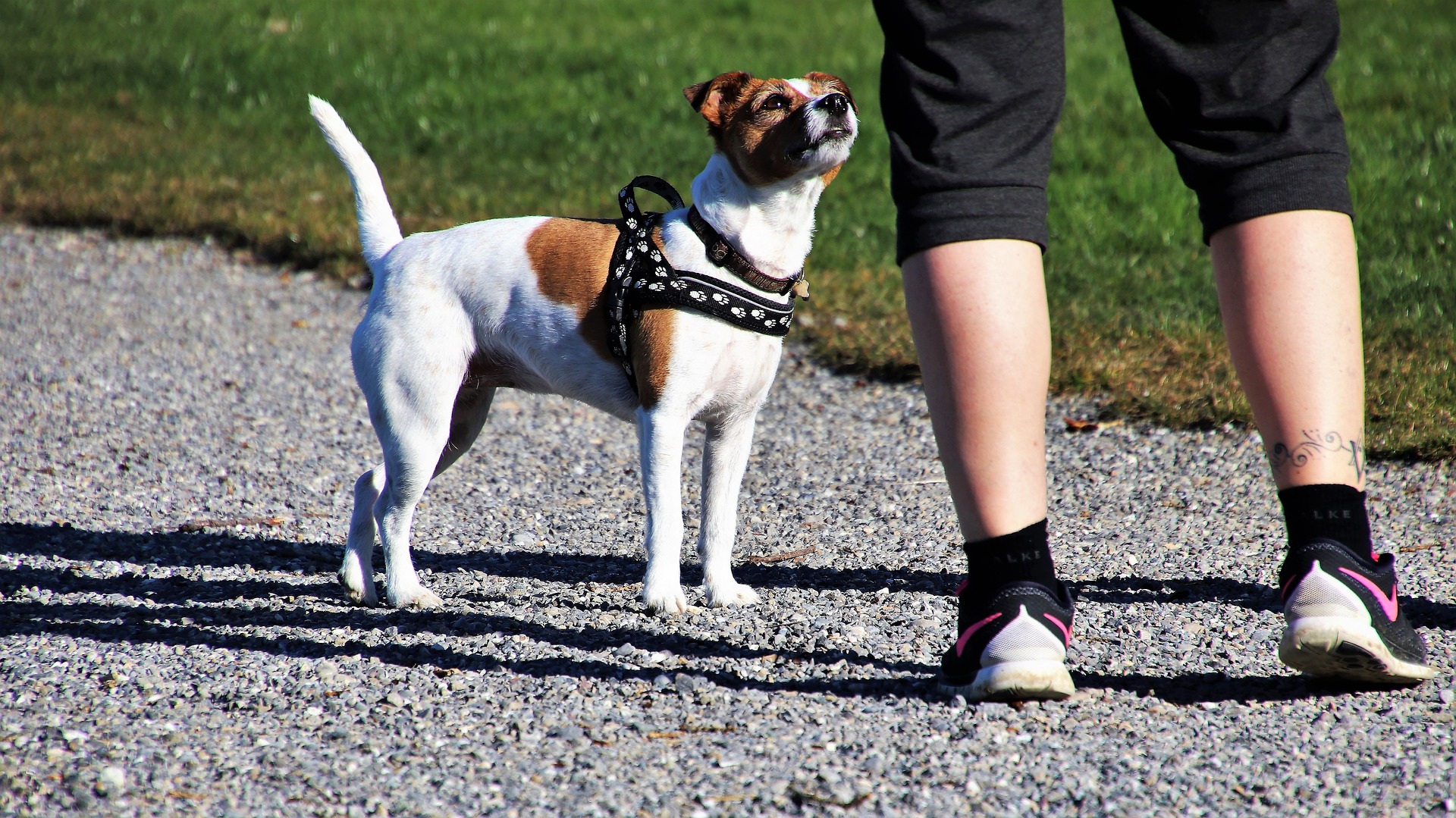Training your dog is not always easy to do. Although a dog’s natural instinct is to please you, they are much like small children. Until they learn what is appropriate behavior and what is not, they simply don’t know. Still, it can be very frustrating to be the human in the equation trying to communicate the rules of behavior to your canine.
There are two basic schools of thought when it comes to dog training – utilizing correction, or utilizing punishment.

Training a Dog Through Punishment
Before you get upset that some people utilize punishment to train their dogs, it is important to point out that punishment does not necessarily have to be negative.
Everyone understands that hitting, spanking or otherwise physically abusive behaviors are always wrong. These actions are called “aversives”, and they include anything that will cause physical pain. Hitting your dog will breed mistrust, may cause your animal to learn fear and aggression – and is, quite simply, cruel.
That being said, there are positive ways to punish a dog for inappropriate behavior which are humane and non-violent. While aversive methods are virtually never effective, “positive punishment” often does see good results.
Positive ways to punish a dog may include:
- Using a firm voice to discourage the behavior (do not shout)
- Timeouts in a crate
- Not giving treats or taking away their favorite toys or feeding bowl
- Ignoring the dog, or refusing attention when they act inappropriately
Training a Dog Through Correction
Dog owners that use the positive correction method exclusively tend to eschew any type of punishment regimen. Using positive correction assumes that dogs can be taught good behavior by rewarding them every time they act appropriately, and that the dog is more likely to do what you wish once it learns that good behavior is rewarded (with a treat, or with your effusive approval.) Conversely, your pup will also learn very rapidly to avoid those behaviors that cause you to take something away from them – your time, their toys, or a favorite snack.
Timing of the Correction
When using positive punishment or correction methods, the timing of your response is equally important as the corrective action you take. Because dogs can only associate your response with what is happening currently, no method of correction will be effective if it takes place long after the inappropriate behavior. In other words, if you come home from work and your dog has chewed your favorite shoes, taking their toy or putting them in a crate will only confuse them. They have no real way of associating the previous action with your response. Therefore it is important to discipline your dog, or take corrective action, the moment he misbehaves.
Learning to understand the proper and most effective way to train your dog will save you a lot of stress and drama. Most importantly, never resort to physical punishment. Instead, try out a reward-based correction system, and your pet will be most likely respond well – and your bond will grow stronger.
If you are struggling with your dog’s behavior, you may wish to get help from a local Sarasota or Bradenton dog training expert. At Gulf Coast K9 Dog Training, we can help you with issues from potty training to leash walking, from socialization to incessant barking. Whatever your challenge, we specialize in lovingly but firmly disciplining and training your dog so that you can get back to developing a loving and stress free home for your entire family.




